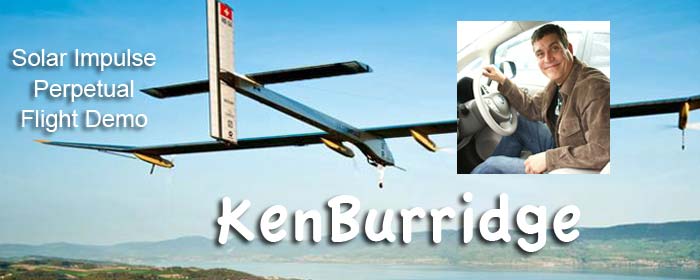New NASA Satellite to Silence Climate Change Deniers?
The OCO-2 Orbiting Carbon Observatory-2 or aka the Climate Change or Carbon Cycle Observatory is now in orbit after being successfully launched on July 2 at 2:56 a.m. PDT from Vandenberg Air Force Station, California.
The OCO-2 finally replaces the first OCO satellite that was destroyed on launch in 2009, which would have no doubt gathered valuable evidence to that could have silenced many Climate Change deniers up to five years earlier and helped unify a world-wide collective response to mitigating global warming and rising sea levels.
For those keeping count a second satellite designed to study Climate Change and the Carbon Cycle NASA’s Glory satellite, also failed to achieve orbit on March 4, 2011. Two previous unsuccessful launches of climate change satellites in succession certainly started to seem more than just a little suspicious.
The Orbiting Carbon Observatory will be the first space-based measurements of the amount of carbon dioxide in the atmosphere, which is important to know because CO2 is a greenhouse gas that absorbs and traps heat that is emitted by the earth’s surface. This blanket of heat trapping atmosphere has almost doubled in thickness since the start of the industrial revolution (from 280 parts per million to 400 parts per million). The 280 parts per million figure is significant because previously that concentration had not been exceeded for 800,000 years, which included over a half dozen ice ages, countless solar cycles and changing ocean currents.
Also worthy of concern is that ground based CO2 measurements have recorded a 20% increase in CO2 concentration in the past 50 years, which is the largest increase since humans have existed on the planet.
The OCO-2 satellite according to NASA’s Jet Propulsion Laboratory will be “Watching the Earth breathe from space”.
OCO-2 Orbiting Carbon Observatory Related Photo Gallery
- Carbon concentration is off the chart
- Carbon Cycle of the Ocean
- The first doomed OCO
- OCO-2 can sample carbon worldwide
OCO-2’s critical mission and why it matters:
NASA’s first mission dedicated to studying atmospheric carbon dioxide, the leading human-produced greenhouse gas that is driving changes in Earth’s climate.
The three spectrometers of the OCO-2 will be able to measure and identify CO2 sources and sinks on regional scales from a vantage point that can sample the surface of entire planet. Orbiting Carbon Observatory will also be able to track CO2 season cycles over several years.
OCO-2 will be able to help put together a global picture of CO2 sources and the amount of carbon that is absorbed by the planet’s oceans, plants and soil. OCO-2 will also be able to measure the ability of these natural carbon sinks as they continue to absorb more CO2, which may be more than they can handle.
A video about the Orbiting Carbon Observatory-2 (OCO-2) featuring Annmarie Eldering of NASA JPL and Climate Prediction
The spectrometers of the OCO-2 measure sunlight as it travels from the sun to earth’s surface and then once again as it is reflected off the Earth’s surface. As Carbon Dioxide and Oxygen molecules absorb light energy at specific measurable wavelengths the instrument can accurately measure the differences between the amount of sun’s energy that strikes the surface compared to how much is radiated or reflected back into space.
Understanding the sources and sinks of the Carbon Cycle will help to determine climate change policy and how to best mitigate the negative effects of global warming. Before the OCO-2 can start doing serious Carbon Cycle study it still needs to be repositioned into a higher orbit, but that should be completed in just about two weeks. NASA hopes to start making the data available to anyone at no cost beginning early next year.
Video of Michael Gunson of NASA JPL about some of the environmental effects of CO2 that the Orbiting Carbon Observatory-2 (OCO-2) can help to understand.
NASA’s Orbiting Carbon Observatory (OCO-2) References:
http://oco.jpl.nasa.gov/
https://www.orbital.com/SatelliteSpaceSystems/ScienceEnvironment/OCO-2/
https://directory.eoportal.org/web/eoportal/satellite-missions/o/oco-2
Green-Eco-EV News Reporting by Ken Green Burridge
EV of the Year Judge, independent green journalist, photographer, author and sustainability activist that has published over 1000 articles. Mr Burridge’s travels have taken him to over 30 countries and 300+ major cities. He is originally from the USA, but has been residing in Australia for the last seven years. Connect to Ken Burridge on: Twitter, facebook, Google+, Linked in or website

























